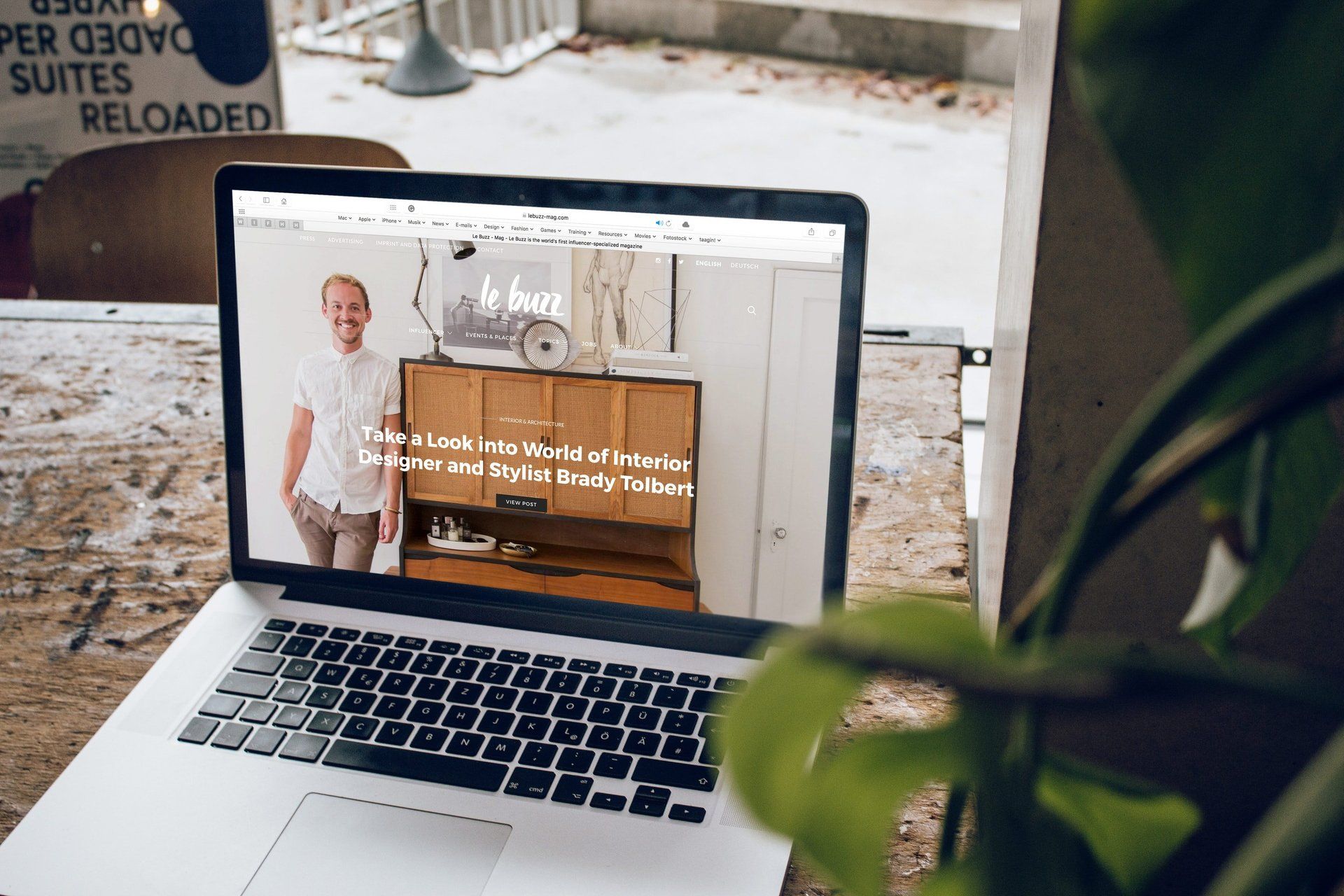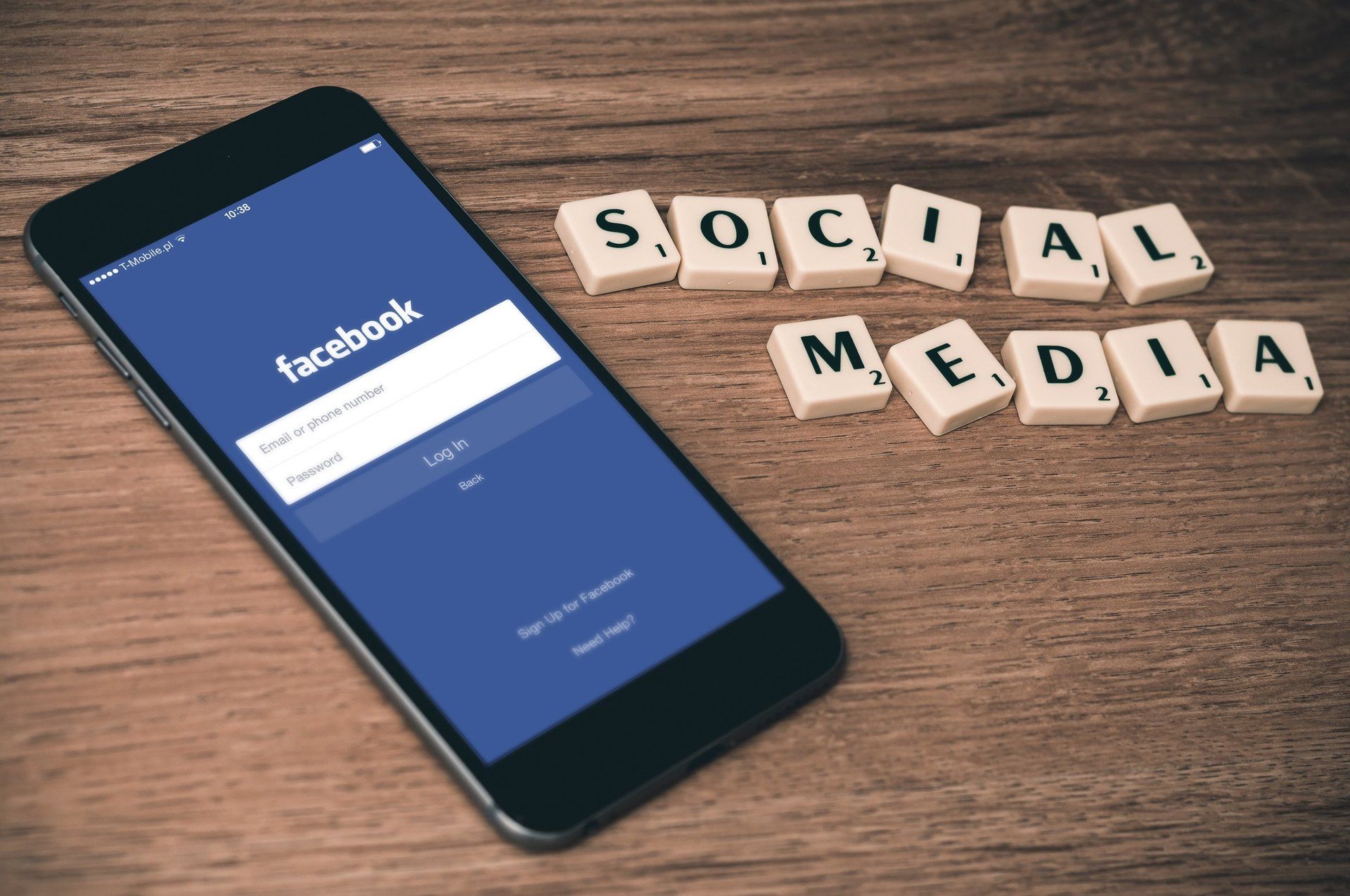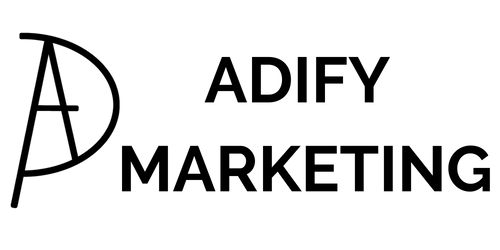BLOG

It’s estimated that 59% of social media users share online content based on the headline alone. Surprised? This figure comes from a study of 2.8 million Twitter shares and is likely similar to Facebook and other social platforms. This research suggests that headlines are much more important than most of us realize. That’s why you should strive to write the most creative and shareable headlines you possibly can. Here are some ways you can accomplish this: 1. Include a Call-to-Action Without a call-to-action, what is your audience supposed to do? A strong call-to-action should include a verb that encourages people to do things like “visit,” “check out,” “discover,” and “explore”. 2. Ask a Question Your main objective with a headline is getting your audience’s attention. What better way to accomplish this than by posing a question that piques their curiosity? The trick is really knowing your audience’s wants and needs because asking an irrelevant or boring question will just make them scroll past your post in their social media feeds. However, if you get to the heart of what they really want (not just what you or your industry assumes they want), then you could craft a headline-question that they’ve been seeking answers to and encourage them to click. 3. Be Descriptive When it comes to headlines, the words and phrases you choose matter a great deal. For a truly eye-catching headline, you need to be descriptive and use powerful words that compel potential readers to click on your post. 4. Reformulate Well-Known Phrases For the ultimate creative headline that plays off pop culture references, you can also reformulate well-known phrases that many audience members are familiar with. For instance, political slogans like “Change We Can Believe In” or “Make America Great Again” can be reformulated for your specific industry. If you’re promoting a pillow company, then your headline might look something like “Comfort You Can Believe In” or “Make Naptime Great Again.” Phrases pulled from pop culture are particularly useful (as long as you’re not violating any copyright laws) because so many people are familiar with these phrases, which means your creative headline will resonate more with readers as they appreciate your clever play on words.

With only 140 characters or a couple lines of text, getting a social media post perfect is important. It can be tempting to throw something together and forget about it. Sadly, this tends to be too many people’s social media strategy, and it’s not a very good one. Those two lines of text are extremely important and can make or break a company. Here are some questions you should ask yourself before you click post. Has someone else read over it? When you’ve read two lines of text over and over, you’re bound to miss something. Typos are not a good thing. You lose a lot of credibility when you have the wrong there, their or they’re. Are you the only one who thinks this is funny? A bad joke gone wrong can cause a lot of heartache. While humor is good, use it wisely. What is funny to you may not be funny to everyone else. Does it have a photo? With a few exceptions, your post should always contain a photo. Even on Twitter, photos help increase engagement and are more likely to be looked at. Images draw people in. It’s going to be what catches their eye and what makes them look at your post. Ultimately, the one question you should always ask is how the post will impact your or your business’s image. Does it add value? Does it align with the company? What are you really trying to say? All-in-all, make sure you think before you post!

Whether you’re new to landing page development or a seasoned pro, there’s always room to grow your skills as a marketer. Here are some common mistakes people make with landing pages that could be killing conversions: TMI! Online visitors have short attention spans. If they’re already sold on your product or service before arriving on your landing page to sign up, then you don’t need paragraphs of copy to persuade them any further. If they’re not already sold, then why would they want to waste 10-15 minutes reading through blocks of text to figure out what your offer is? This is why TMI — too much information — is problematic for landing pages. It drives people away! To avoid including too much information on your own landing page, be ruthless with your copyediting. If any sentence doesn’t contribute to customer perceptions about your offer (what’s in it for me?) then consider cutting it. You don’t need your company’s history, an “about me” section and hyper-specific details about the product. Just focus on your offer and develop your copywriting strategy around this offer. Selling the Features, Not the Benefits. One of the biggest mistakes marketers make is emphasizing the awesome features of a product or service. This might sound like a great idea to let visitors know exactly what they’re getting, but it’s important to remember that people buy for the benefits they’ll get from owning a product or trying a service. This means you need to sell the benefits, not just the features. If you’re offering consulting services for small business owners, for example, don’t clog your landing page with endless bullet points about your experience, the different packages you offer, and pricing. Instead, focus on what potential customers will get out of a consultation with you. Will they walk away enlightened about efficient business management strategies? Will they be able to reduce business operating costs with your advice? In other words, make sure your copy emphasizes the destination (benefits) instead of the journey (features that produce benefits). Poor Image Choices. You’ve probably visited a landing page or two that had terrible images (too bright, too fuzzy, unrelated to the product/service, etc.). Images certainly help sell the benefits of a product/service, but not if they’re low quality and/or irrelevant to your offer. Be sure to select the right colors for your background, text, and lead magnet button. The use of red can be a bad idea (people unconsciously associate it with stop signs), but blue and green tend to perform well compared with other colors. Finally, remember to minimize the amount of blank white space on the page, but don’t push everything so close together that it feels crammed in a tight space. Aim for a natural look that isn’t difficult to read (16 point font minimum) and avoids loud colors that come across as too sales-y. Unclear Call-to-Action . This is perhaps the worst mistake of all when it comes to landing pages because even if your copy is flawless, images are top-notch and the benefits of your product/service are crystal clear, visitors won’t convert into customers if they’re not sure what to do next. Some mistakes you might be making with your call-to-action include: having more than one action you’re asking the customer to do, placing your lead magnet button at the bottom of the page and forcing people to fill out multiple form fields.

A bigger audience is always better when it comes to social media, right? Turns out, that may not always be the case! By targeting who sees your posts, you may actually be able to increase your engagement. Facebook’s targeting feature allows you to reach the audience most likely to engage with your content. Here’s how it works: Facebook lets you pick certain subgroups within your followers and direct a post to those groups. Without targeting, a post can pop up in the newsfeed of any of your followers. But with targeting, you can direct your post based on a variety of factors. Here are a few: Age Education Gender Interests Relationship status Language Workplace Location (country, state, city So for instance, if you are a business with multiple locations – but only one has a special – you can target only the audience in that geographic area. Obviously, there are pros and cons to targeting. If you do nothing but targeted posts, you are limiting the potential reach of your message. Only those in your targeted group will see the post in their newsfeed (though anyone can see your targeted posts by visiting your Facebook homepage). But even though the audience is smaller, they are receiving posts that are more relevant to them. If you use the shotgun approach, you’re limited to posting broad content that will appeal to your entire audience. And, if you don’t select a specific audience and choose to do posts directed at a specific audience anyway, you may end up alienating a large section of your audience. They may unlike your page if they are constantly seeing content that does not match their interests. Concerning your ROI analysis, even a few dollars per week can make a huge difference when it comes to reaching those followers who are most likely to engage with your brand. The best marketers know how to combine targeted posts with broad-spectrum posts that appeal to a wider audience. Adify Marketing can help you get started!
